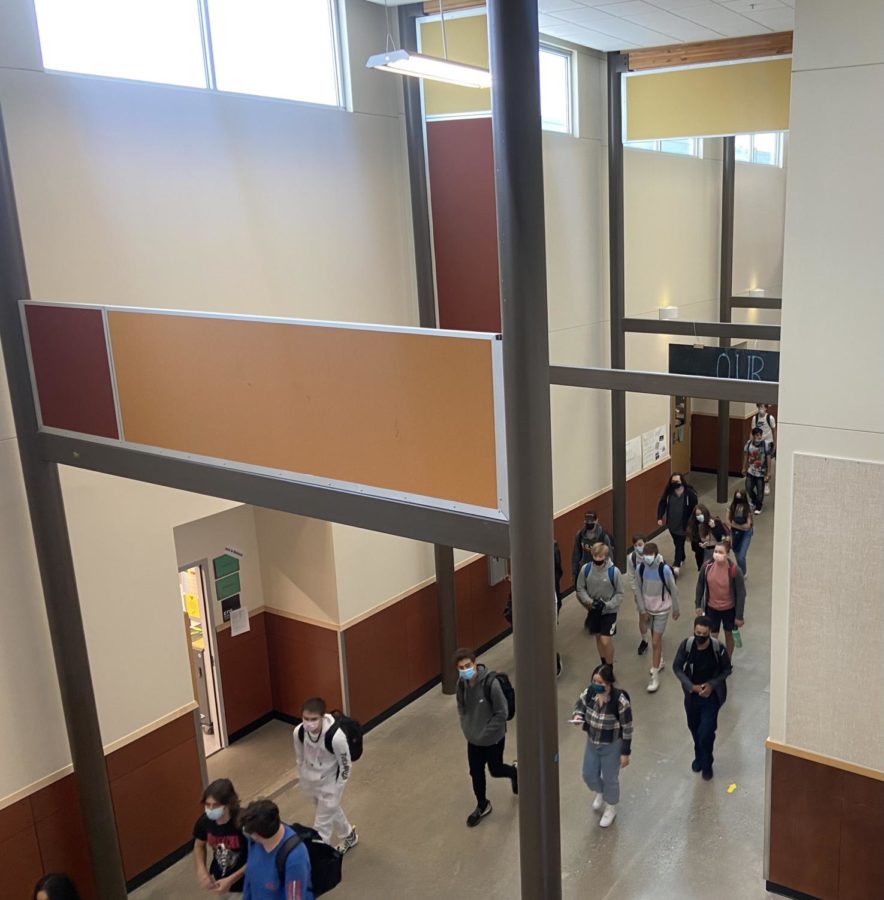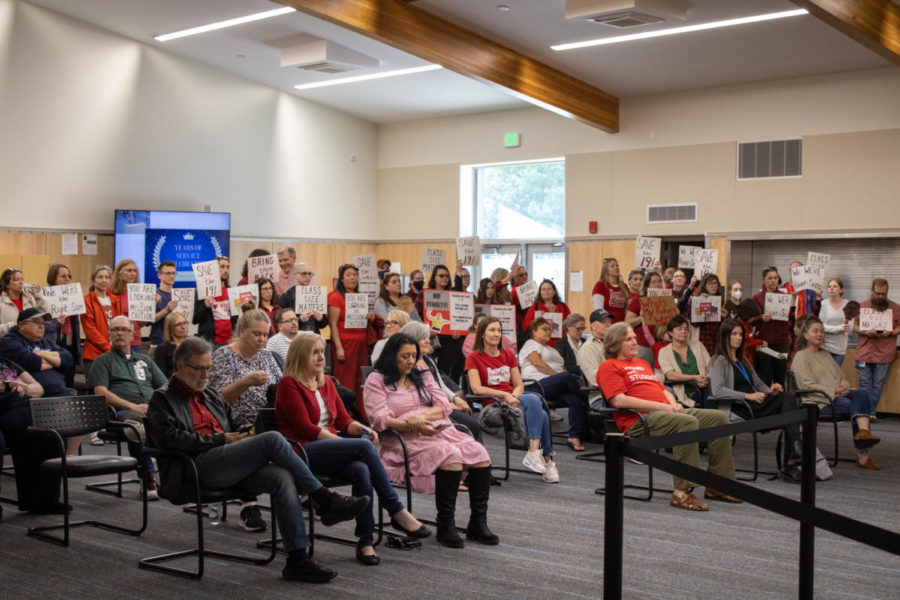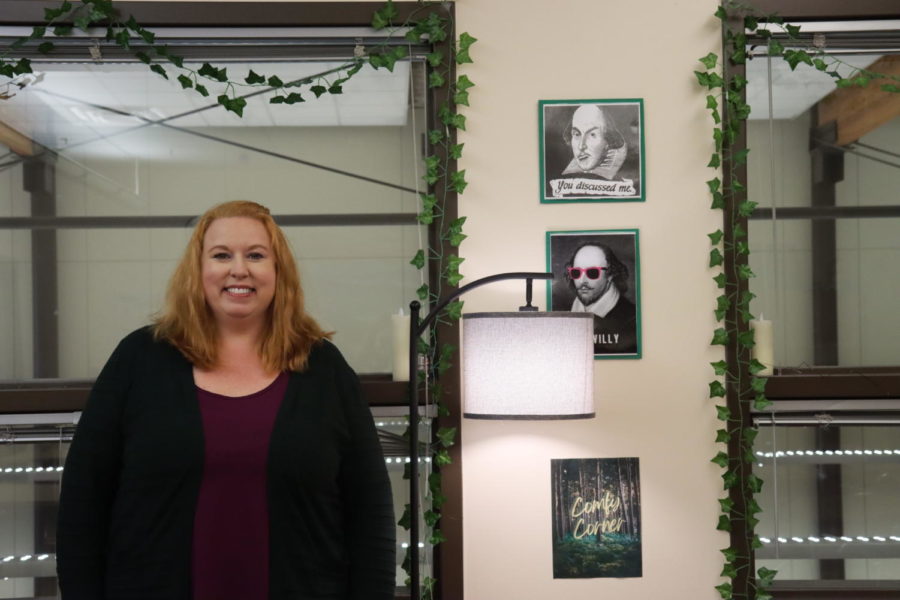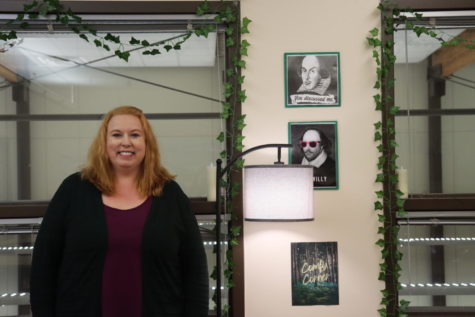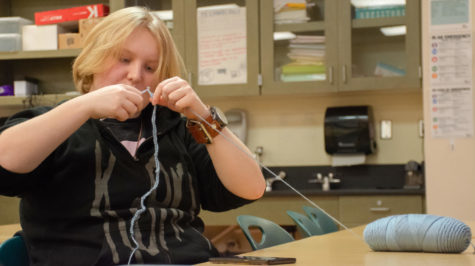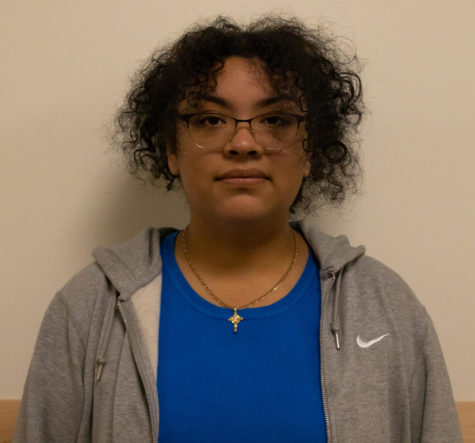The 5 minute race
Students and staff express concern about the new, shorter passing period
Students make their way back to class after lunch. Passing periods between classes have been shortened from 10 minutes to 5. Students and staff have feelings about this change.
October 4, 2021
It’s the beginning of the school year and many students and staff at Tigard are already expressing concerns with the new schedule—specifically the new five-minute passing periods.
As expected with the return to in person school and new class schedules, many students ran late to class in the first few days. However, as students continue with the transition in the following weeks of school, it becomes apparent that the issue cannot be solely attributed to the return.
“Students might miss the beginning of class when we do warmups and review (which is very valuable time) [and] they miss valuable information,” said Chemistry and IB Chem II teacher Kelsey Wahl.
There is the student perspective of having enough time to get to class, and then there is also the teacher perspective of having enough time to get ready for the next class. Do they have enough time?
“No, I don’t,” Wahl said. “Especially transitioning between two different subjects. When we start doing labs, it’s going to be a nightmare if I have a lab set up for one class and need to get it taken down for the next one.”
In regards to the purpose of the five minute passing periods, COVID-19 exposure has been a top priority for administrators. The importance of protecting the health and safety of our school does not go unacknowledged.
IB Psychology and IB Psych II teacher Frederick Holtz expressed his own opinions on the subject.
“I understand its purpose… it might be keeping [students] healthy so they don’t infect each other,” he said.
While the shortened passing times have been a challenge and a difficult adjustment for many, some teachers, Holtz included, haven’t noticed a huge difference.
“Students are getting to class; I mean everyone’s here. Some [students] are a little stressed but it’s just [them as] individuals, not in a broad way,” Holtz said. But even with his positive attitude, he agrees that it’s a difficult adjustment that comes with downsides.
The short passing time not only challenges getting to class on time, but personal needs of students and staff as well.
“Physical needs such as bathroom and snack breaks are impossible to do within the five minutes, leaving [students] unable to focus in class,” junior Isabel Pope stated. “As a woman dealing with menstruation, it is challenging to take care of those needs under the time constraint; the only option then is to miss class time to deal with it.”
As it turns out, there are many others who feel this way.
“[The new passing time] leaves me with no time to use the restroom myself, in general as a teacher and especially as a female teacher,” freshman English teacher Carolynne Neish commented. “It’s a challenge to find moments to take care of my needs to use the restroom during the day, and having less time between classes has exacerbated that issue.”
Principal Brian Bailey provided an important perspective on the five minute passing period, assuring us that he understands the viewpoints of both teachers and students alike. Both he and his team are doing everything in their power to make this adjustment easier for everyone.
“As the school year settles and as people continue to learn the building … we’re [going to] take a step back and look at what our options are,” he explained. “The five minutes is not set in stone, but we’re not going to make any changes until we know that we’re settled into the year.”
Bailey strongly suggests following safety precautions and taking different class routes to avoid crowding and traffic in the halls. Following these guidelines are vital to keeping everyone safe and healthy.
“We don’t have to go the way that we always went down Main Street; we can use the shortcuts through the courtyard [and the west wing].” Bailey said. “Be patient with us because this is all new for all of us with the new building.”
The passing times have posed a variety of issues for people throughout the building, but teachers like Neish stay positive during the adjustment.
“As I’ve always done as a teacher, I’ll find a way. Teaching is an inherently demanding job, much more than people probably realize,” Neish said. “But I’m going to keep figuring out ways to take care of myself personally and professionally, regardless of the circumstances.”


